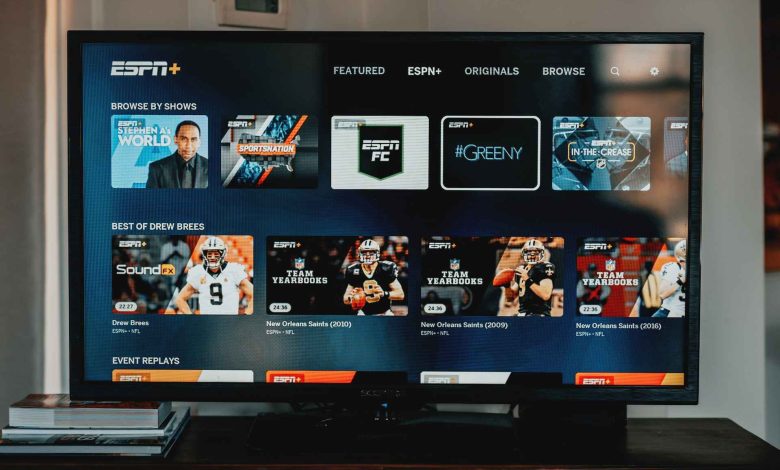How Does No-Contract TV Work?

It wasn’t too long ago that cable contracts felt like handcuffs, binding us to a limited selection of channels and ever-increasing bills. We also have to rush home to make sure that we don’t miss the latest episode of our favorite TV show. But today, we have a lifeline: no-contract TV. No-contract TVs are taking the world by storm and providing viewers with a better alternative to traditional cable TV. The best part? You can watch whatever you want, whenever you want, wherever you are.
If you’ve reached up to this paragraph, we’re pretty sure that you want to know more about no-contract TVs. So, let’s dive deeper into how this works and how it can benefit you.
The Basics of No-Contract TV
No-contract TV is a method of accessing television content without being tied to a traditional TV contract. So, think of Netflix, Disney+, Hulu, and other streaming services that don’t require you to commit to long-term contracts. To give you a better understanding, here’s how it really works:
- Pay-As-You-Go
The best part about no-contract TV is its flexibility. Instead of committing to a long-term contract, you subscribe to these services on a month-to-month basis. You’re not tied down to any specific service, and you can cancel or switch between them whenever you want without the fear of early termination fees.
- Freedom to Choose Your Content
No-contract TV is all about giving you the freedom to choose what you watch. Instead of being tied to a bundle of channels you may never watch, you have the power to select the streaming services that align with your interests.
Are you an avid sports fan? There’s a service for that. Do you crave the latest episodes of popular TV series? You’ve got options. This flexibility ensures that you’re only paying for the content that matters most to you, making every dollar spent on entertainment more valuable.
- Escape the Ever-Increasing Monthly Fee
Perhaps one of the most enticing aspects of no-contract TV is the cost savings. Traditional cable and satellite TV often come with hefty monthly bills, and these costs can quickly add up over time.
In contrast, no-contract TV services are known for their affordability. With most services priced between $10 to $20 per month, you can enjoy a wide array of content without breaking the bank. Plus, the absence of hidden fees and surprise price hikes means you’ll always know what to expect on your bill. All you need to have is a device and high-speed internet, and you’re good to go.
- Discover New and Exclusive Content
These streaming platforms invest heavily in creating their own original series and movies, often featuring A-list actors and cutting-edge production values. Many of these original productions have significant recognition and fan bases. Whether you’re into award-winning dramas, quirky comedies, or mind-bending sci-fi, you’ll find a world of captivating content waiting to be explored.
While there are a lot of pros to using no-contract TV, there are still some worthy contract TVs out there, like DISH TV. So, it’s still your choice if you want to let go of your contract TV subscription or not. Plus, it also depends on your usage and your household’s TV habits.
Challenges to Consider
Of course, no entertainment option is perfect. While you can get many benefits from switching to no-contract TV, there are still some challenges you can face, including:
- Internet Reliability – You need a stable internet connection for streaming. Slow or unreliable internet can lead to buffering and interruptions.
- Content Fragmentation – With so many streaming services available, finding and managing the content you want to watch can become overwhelming.
- Limited Live TV – Streaming services may not always offer the same selection of live TV channels as traditional cable packages, which can be a drawback for sports or news enthusiasts.
The Bottom Line
The decision between no-contract TV and contract-based TV comes down to what matters most to you in your television experience. Consider your entertainment preferences and weigh the pros and cons to make an informed choice that aligns with your lifestyle. You have to remember that it’s not a one-size-fits-all approach, so assessing your needs should always be prioritized. Most may prefer no-contract TVs, but others may still be happy and contented with their cable TV subscriptions. Good luck!




